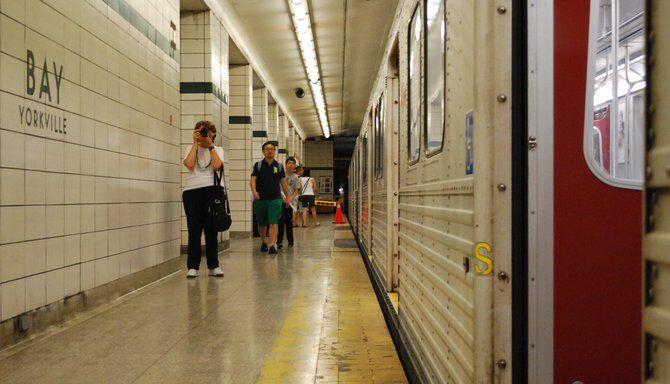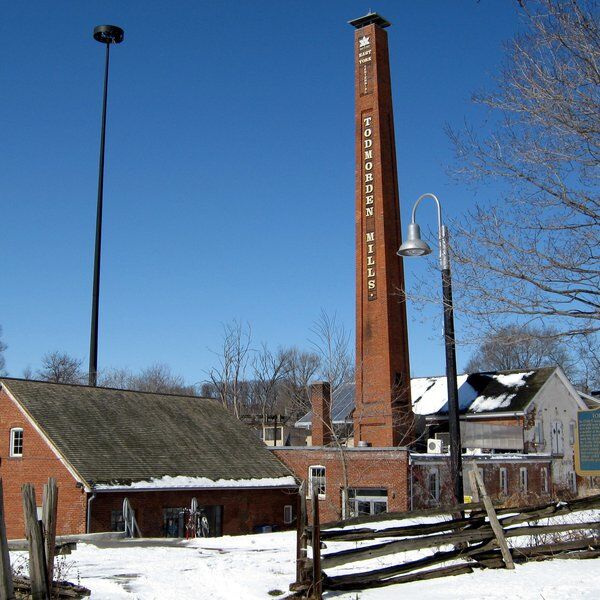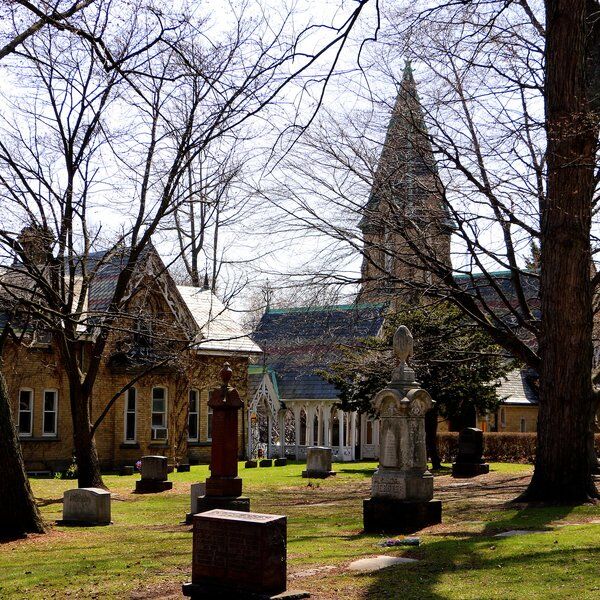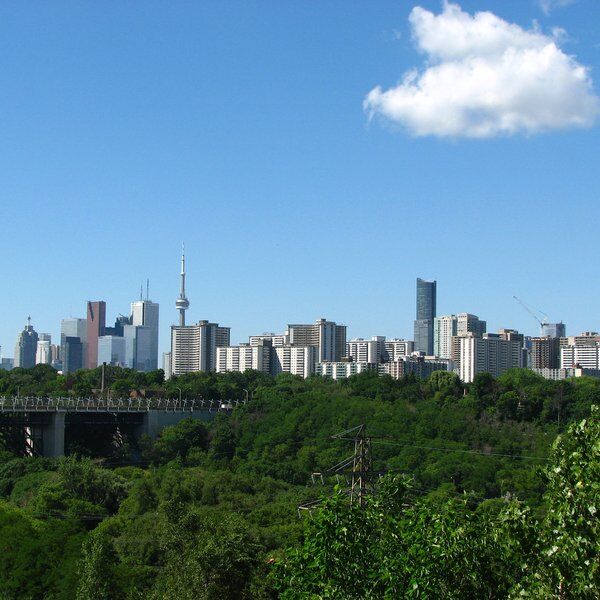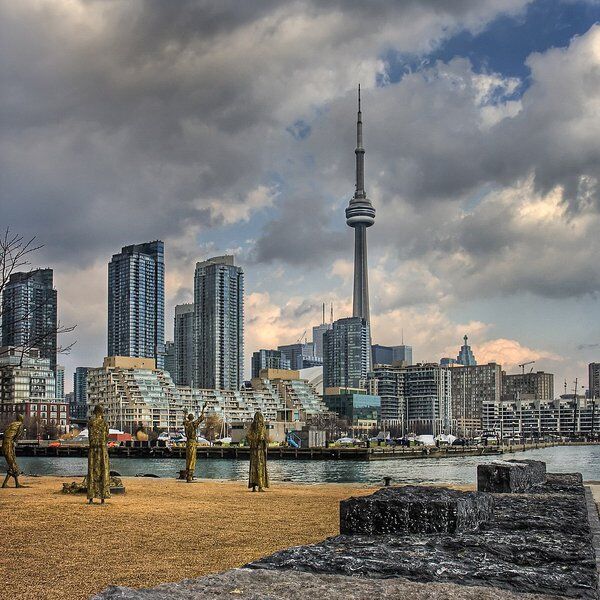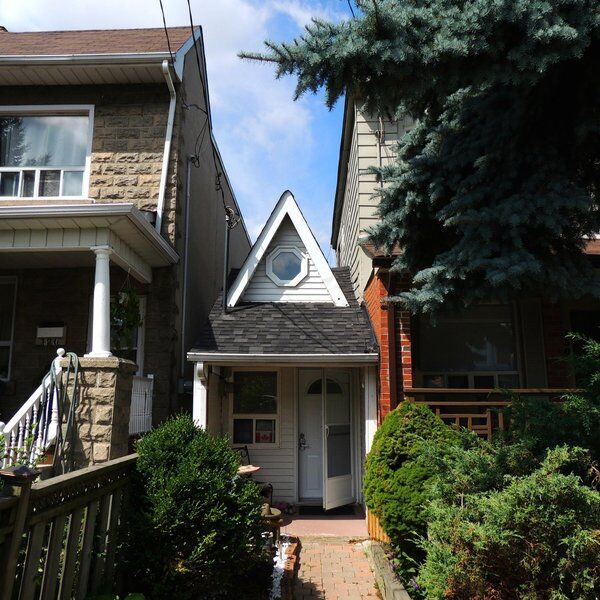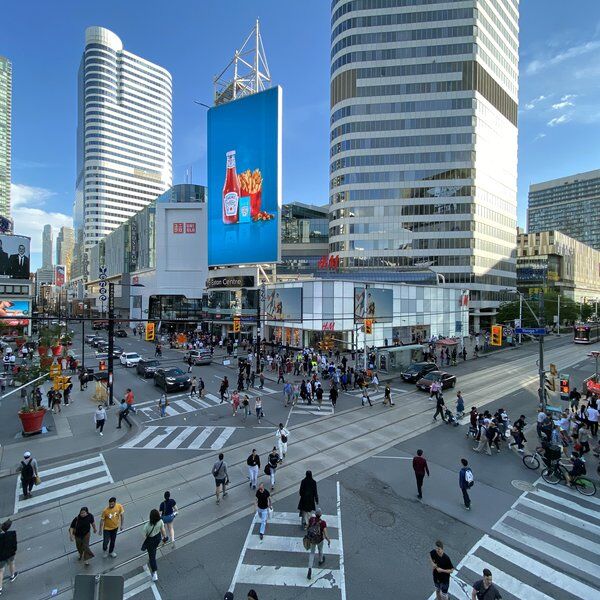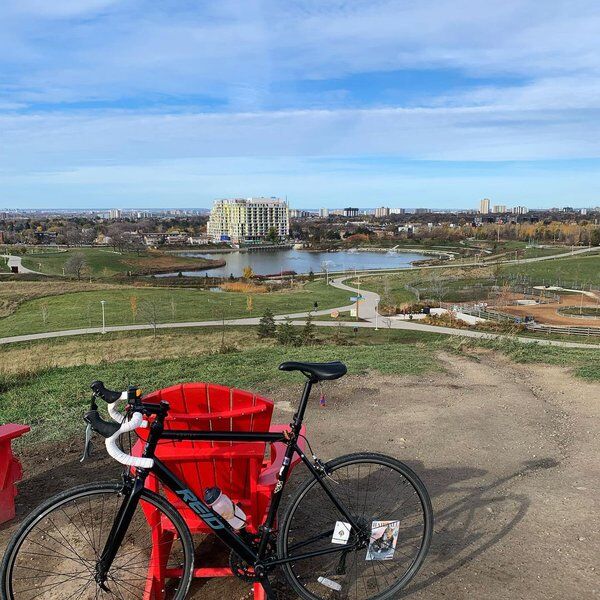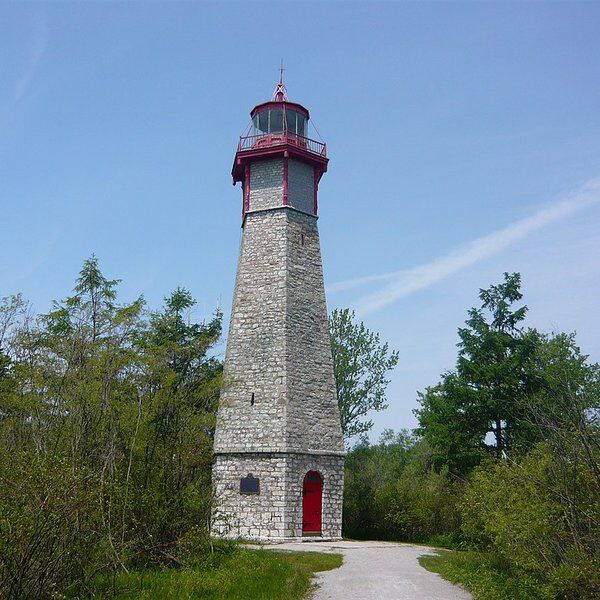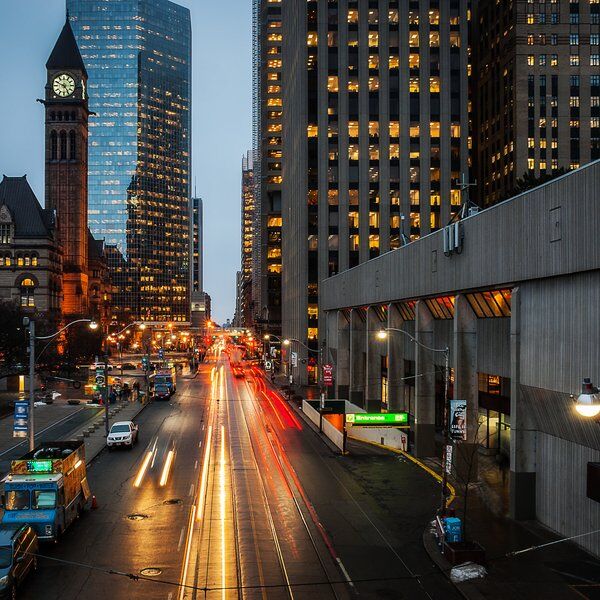Discover the Lower Bay Station in Toronto
Toronto isn’t just about towering skyscrapers and busy streets—it also hides a network of stories beneath its surface. The Lower Bay Station (often affectionately known as “Bay Lower” by the Toronto Transit Commission (TTC)) is one of those rare finds. Although the station is sealed off and can be challenging to access, it occasionally pops up during special events like Doors Open Toronto, drawing curious visitors eager to see what lies below.
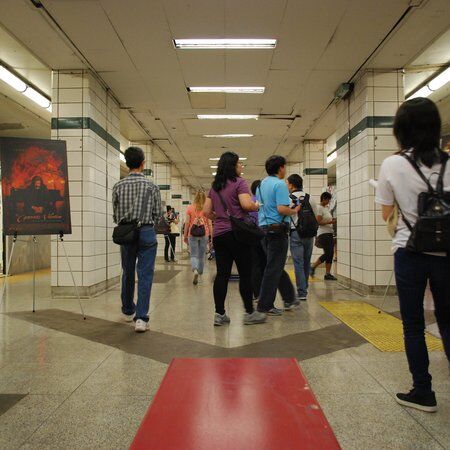
History of the Lower Bay Station
Origins of Bay Street
Bay Street, once known as Bear Street in the late 18th century, played a significant role in Toronto's urban development. Initially reaching Lot Street (now Queen Street) and the Toronto Harbour, it later extended northward, integrating smaller streets like Terauley Street, St. Vincent Street, and North Street to form a major thoroughfare.
The need for an efficient north-south corridor between Yonge Street and Spadina Avenue became apparent by the early 20th century, as Yonge Street faced increasing congestion from streetcar traffic. This led to the gradual extension of Bay Street northward in the 1920s, ultimately reaching Davenport Road by 1924.
As Toronto expanded, Bay Street became a financial and commercial hub, home to major newspapers, banks, and businesses. The Bay and Bloor intersection also grew into a key transit transfer point, with significant streetcar traffic connecting various parts of the city.
Streetcars and the Evolution of Bay Street Transit
Despite its prominence, Bay Street saw the arrival of streetcars later than other major arteries. Initially, College Street streetcars traveled downtown via Yonge or a combination of McCaul and York streets. To relieve pressure on Yonge Street, tracks were eventually installed on Bay, facilitating downtown access.
By the 1920s, the TTC formalized the Bay streetcar route, extending it northward over time. By the 1940s and 1950s, the Bay and Bloor intersection had become one of the city’s busiest transit points, second only to Bloor and Yonge. The streetcar service helped shape Bay Street into a key transit corridor, particularly for passengers from the northwest part of Toronto heading downtown.

Deciding to Build Lower Bay Station
As early as 1911, subway proposals included Bay Street. Initial plans envisioned a tunnel running beneath Bay and Terauley Streets, extending from Front Street to Davenport Road before connecting to Yonge Street. A later 1942 streetcar-subway proposal also suggested a Bay Street alignment, but by 1946, city planners prioritized placing the subway closer to commercial centers along Yonge Street instead.
By the 1950s, the rapid increase in demand for east-west transit led the TTC to propose the Bloor-Danforth subway line. The original design called for interlining, where certain trains would run between the Bloor-Danforth and Yonge-University lines instead of operating as separate systems.
To accommodate this, Bay Station was built with two levels of platforms, forming a wye junction where trains could seamlessly transition between lines. The lower level of Bay Station—now referred to as Lower Bay—was constructed specifically to support this interlining system.
The Interlining Experiment of 1966
When the Bloor-Danforth subway opened on February 26, 1966, the TTC launched an interlining experiment designed to integrate train operations across both subway lines. This setup allowed trains to follow three routes:
- One route running the full length of the Bloor-Danforth line, similar to today.
- One route connecting parts of the Bloor-Danforth line with the Yonge subway.
- One route connecting parts of the Bloor-Danforth line with the University subway.
However, the experiment quickly proved to be a logistical failure. The system-wide delays were significant, as a single disruption on one route could cascade across the entire network. Furthermore, Lower Bay’s layout was not well suited for cross-platform transfers, creating confusion for passengers who often found themselves unsure whether they were on the right platform.
Eastbound passengers, in particular, had to guess whether their next train would arrive on the upper or lower platform, sometimes rushing up or down the stairs at the last moment.
After just six months, in September 1966, the TTC abandoned the interlining system. Trains were separated into distinct lines, with Bloor-Danforth trains terminating at St. George instead of interconnecting with the University Line. Since Lower Bay Station was no longer needed, it was closed to the public.
Following its closure, Lower Bay became one of Toronto’s most enigmatic abandoned spaces. Unlike other unused subway platforms, it remained fully constructed and intact, existing just below an active station without most passengers realizing it.
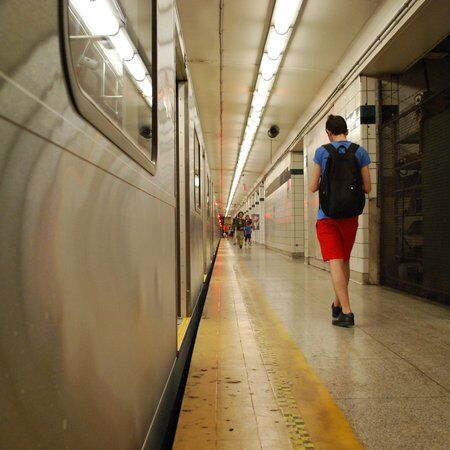
Lower Bay Station and Hollywood
Though no longer shuttling daily commuters, Lower Bay has become one of the most filmed subway stations in North America. You’ve probably seen it without even realizing—this station has played a stand-in role for transit systems in movies like The Taking of Pelham One Two Three, Johnny Mnemonic, Bulletproof Monk, and Mimic.
The TTC frequently modifies the station’s signage to match whatever city it’s pretending to be, from New York to Chicago. If you’ve ever watched a film and thought, “Hey, that subway looks familiar,” there’s a good chance you’ve caught a glimpse of Lower Bay’s ghostly tracks.

Visiting the Lower Bay Station
The One Weekend You Can Explore (Legally!)
For those eager to see Lower Bay Station without dodging security, the best bet is Doors Open Toronto. Held annually in late May, this event grants the public free access to architectural gems and historical sites across the city—including, sometimes, the elusive Lower Bay Station. If you’ve ever wanted to step into this underground time capsule, mark your calendar and join the crowds of curious explorers.
Halloween Fest at Lower Bay Station
For a spookier visit, the TTC’s Halloween Fest transforms Lower Bay Station into an eerie subterranean haunt. Each year it returns, featuring a haunted subway train experience, a kid-friendly Halloween ride, and an exhibit showcasing the station’s history in film.
But take note: access is only via stairs—no working escalators here! If you’re feeling brave, keep an eye out for dates and ticket prices towards the end of October.
Getting There and Accessibility
Lower Bay Station sits directly beneath the active Bay Station, but don’t expect to just waltz in. It’s usually locked up tight, with stairwells walled off long ago to prevent easy access. The only sanctioned way in is during events like Doors Open Toronto or Halloween Fest. If you do visit, keep in mind that the station has remained in a state of disrepair for decades, so accessibility is limited.
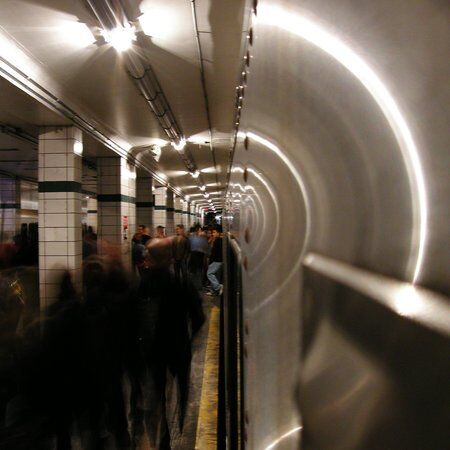
Explore Beyond Lower Bay Station with CityDays
If exploring forgotten tunnels and abandoned subway stations gets your curiosity piqued, why stop there? CityDays offers interactive scavenger and treasure hunts that turn Toronto into your personal adventure playground.
Whether you’re solving clues in historic neighborhoods, uncovering hidden gems, or embarking on a team-building challenge, our immersive experiences offer a new way to explore the city.
Not in Toronto? No worries! CityDays hosts adventures around the world, from Singapore to Paris. So, if you’re looking to shake up your weekend plans, grab your crew and see what mysteries await.
Ready to explore? Check out CityDays and start your next adventure today!
